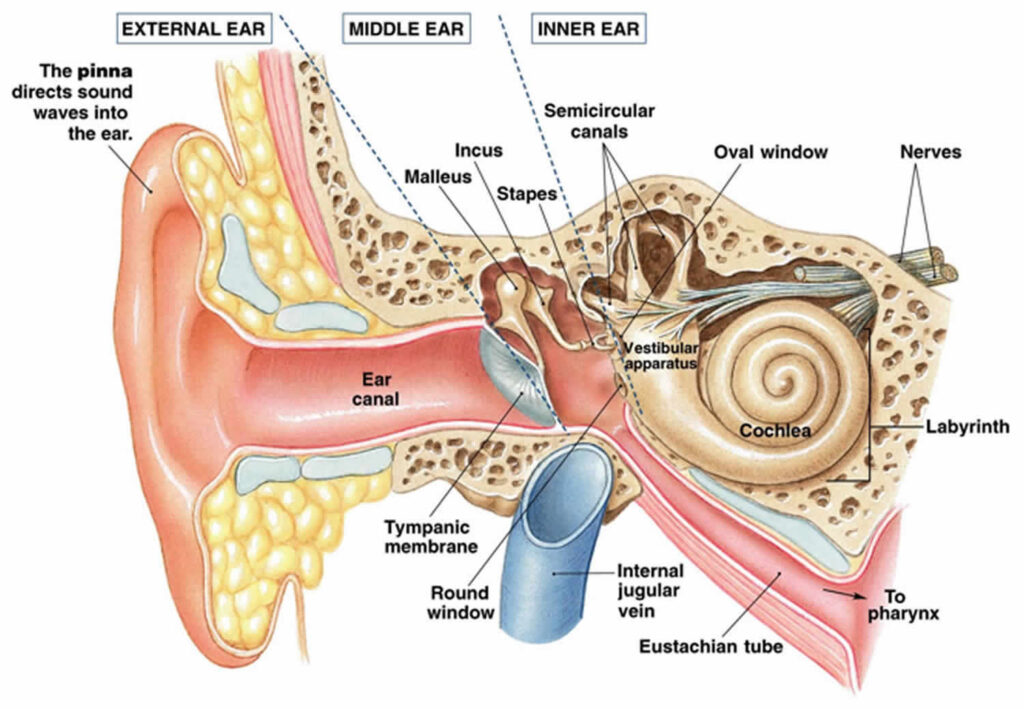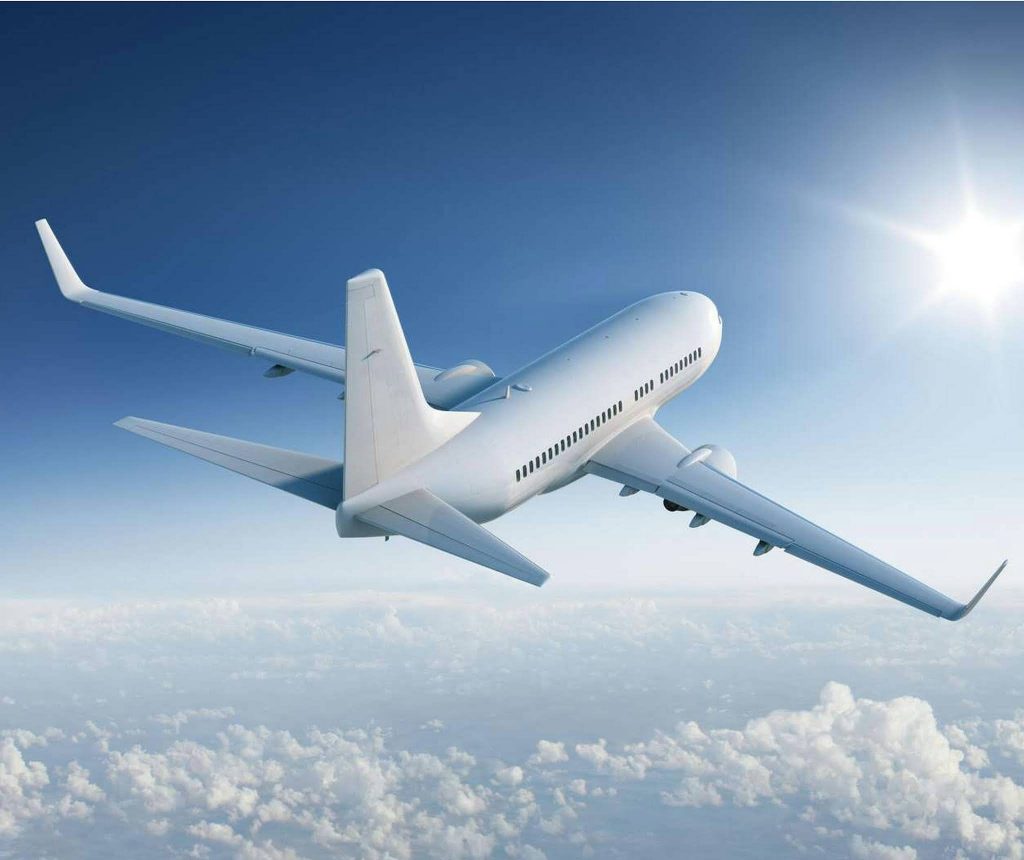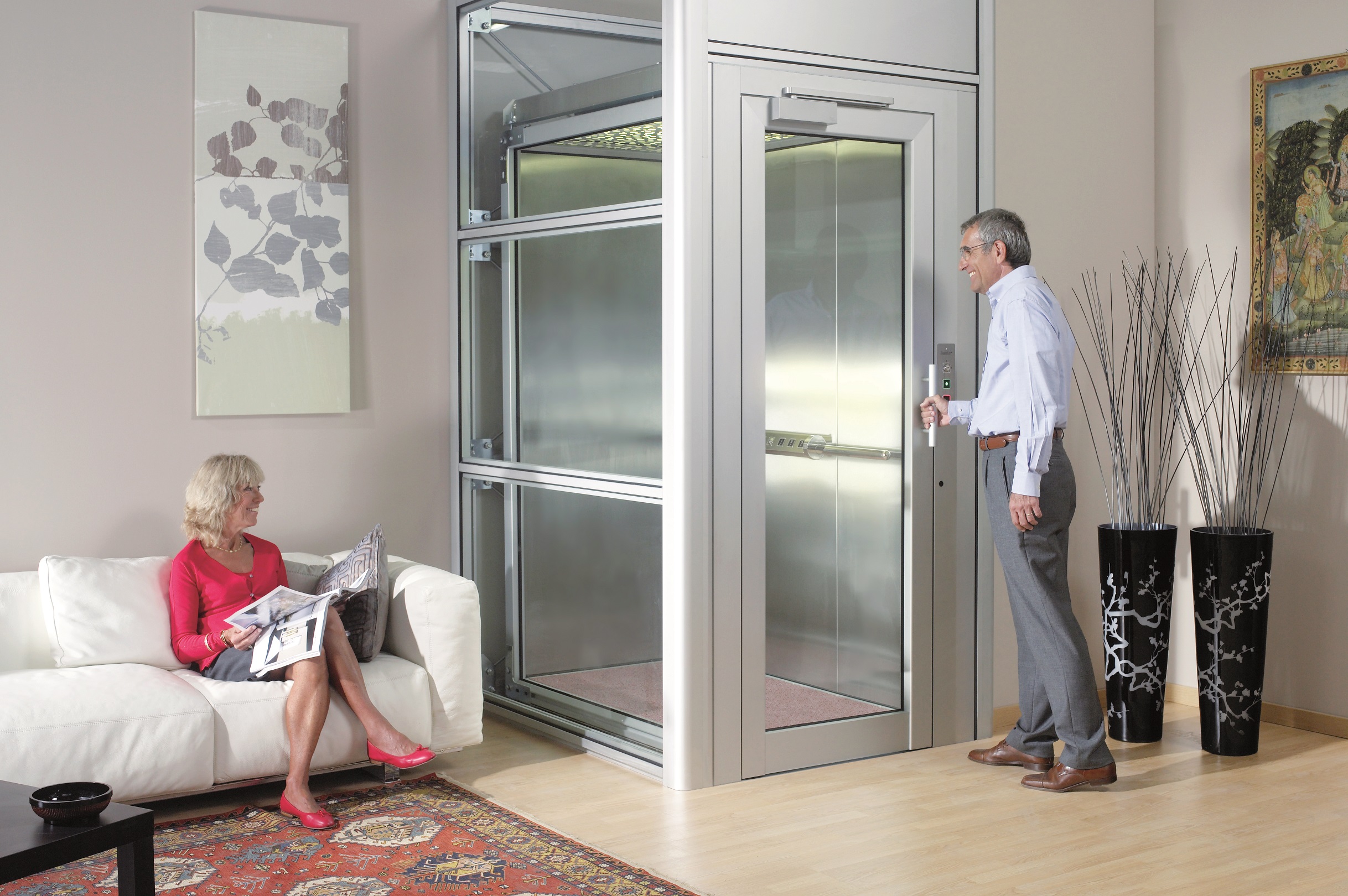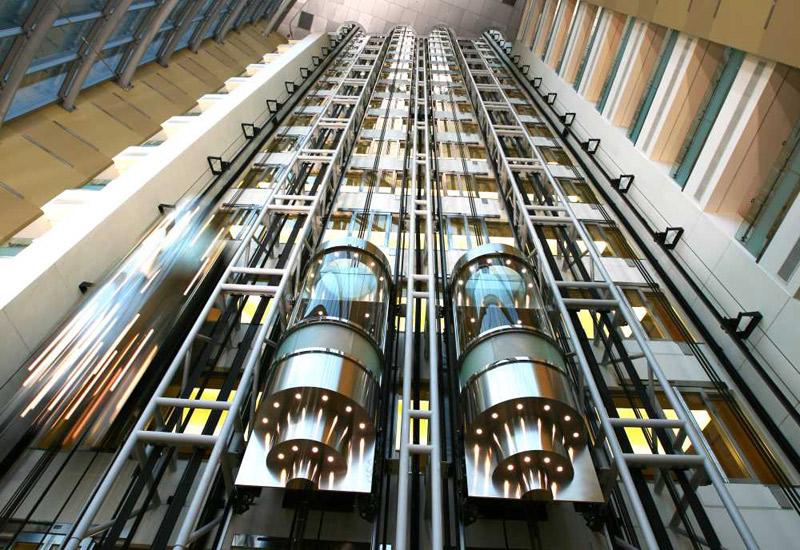Many people when traveling by elevator have symptoms of nausea, dizziness, etc., such as motion sickness. Even many ordinary people don’t get motion sickness riding car, canoe, plane, but for elevator, they get nausea. Is it just a matter of personal health or can it be intervened right from the elevator design?
From location and personal health…
According to medical experts, the phenomenon of “sickness” in cars, planes or elevators is caused by changing positions in space, leading to balance disorders (vestibular disorders). This phenomenon occurs in people with unhealthy vestibular organs, resulting in some of the signals transmitted to the central nervous system being out of sync. Motion sickness is horizontal motion, while elevator sickness is vertical motion. Some people experience vestibular dysfunction with both types of movement, others with only one of them.

The vestibular system located in the cochlea has the function of maintaining posture.
The vestibule is a nervous system located inside the cochlea (both sides) that plays an important role in maintaining posture, and coordination with eye, head and body. When the body moves, when bending, turning, etc., the vestibular system will also tilt and shake according to the movements of the body, thereby helping the body to have a balanced posture. However, in some cases of moving by means of high speed, constantly changing speed such as trains, elevators, airplanes, etc., the body cannot clearly perceive that movement. Vehicles move geographically, but our bodies are stationary relative to vehicles, these two phenomena of movement and rest are not synchronously received to the central nervous system. Therefore, the first manifestation of the body is often tinnitus, dizziness, nausea, …
If motion sickness can also increase the rate of vestibular disorders due to the phenomenon of inertia, when the car moves forward, the person leans back, whereas when the car stops suddenly, the person leans forward. At the same time, the more the vehicle stops at the pick-up points, the more constant speed changes. People who experience airsickness are mainly due to rapid and sudden changes in air pressure, the higher they go, the thinner the air and the plane moves at high speed. Meanwhile, the travel speed of an elevator is much lower than that of an airplane.
The problem users encounter with the elevator, if it is related to the problem of air pressure, is mainly due to the design of the elevator car without venting parts such as vents, openings. That causes high-speed moving elevators to have variable air pressure in the elevator, especially for high-rise elevators when the motion continuously changes from increasing when the elevator starts to run, stable, and gradually decreasing when the elevator is about to stop.

Many people when traveling by plane experience tinnitus, nausea, etc. due to sudden changes in air pressure when the machine is now at high altitude and high speed.
Is it possible to intervene right from the elevator design?
To reduce the pressure difference on the aircraft, manufacturers need to design more pressurization systems. This mechanism can also be applied to the elevator in two parts, the cabin and the shaft. With the cabin, the manufacturer further designs a pressurization system by openings to create air circulation. As for the elevator shaft, the installation process needs to ensure that the shaft has a vent hole, an open space to avoid creating pressure on the cabin when moving. If the shaft does not have a ventilation system, we can imagine the elevator’s moving shaft similar to a cylinder in which the elevator car is a constantly moving object and under pressure. In addition, the design of the ventilation system in the well also helps to ventilate the environment, reducing humidity, mold, pathogenic bacteria, etc., affecting the health of users and elevator equipment. .
In addition, elevator cabins can also have supportive designs for those with weak vestibular organs, such as installing handrails or mirrors. In fact, the idea of installing a mirror in the car is aimed at helping people with wheelchairs can easily see the car and door. But the mirror design on this cabin wall increases the ability to help expand the narrow space of the cabin, disperse the attention of the occupants in the cabin to help reduce vestibular disorders. Especially, there are many people who get sick in the elevator mainly because of psychological problems with tight and narrow spaces, the mirror design is also evaluated to have a positive effect on this group of people.

Health of the elderly is very sensitive to the speed of elevator movement
In addition to the solution for cabin design, it is also very important to choose an elevator with the right speed for the user as well as for the use. Divided into two groups: home elevators and public elevators, investors and suppliers can work together to find the most suitable design.
For home elevators, elevators with a height of 5 floors or less or families with elderly people and children should choose elevators with a speed of less than 1m/s; European standard structure encourages users to choose elevators with speeds from 0.15m/s – 1m/s for these cases.
As for public elevators such as in apartment buildings and office buildings, there are also recommended speed levels: cabin travel speed of 1.5m/s for 6-9 floors, 1.75m/s for 10 – 15 story elevator and less than 7m/s for elevators of 60 – 70 floors or high-speed elevator lines. The higher the speed of the elevator, the greater the ability to create a change in air pressure and a continuous change in the speed of movement (faster – steady – slow down), investors need to pay more attention to the designs of cabins and shaft to minimize these negative impacts.

Selecting an elevator with a speed suitable for use is essential and helps save energy and investment costs.
Elevator is a transportation device that is becoming more and more urgent in daily life, so the degree of impact of this device on human health is also a matter of concern from both the elevator supplier and the owner. In addition to life-related technical safety issues, these health issues also need to be closely monitored from relevant units to create sets of standards and recommendations to users.




Bryantoold
I am not sure where you’re getting your information, but great topic.